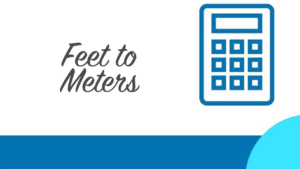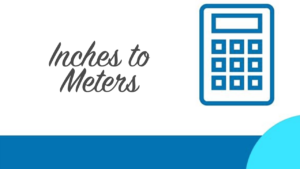The conversion from inches to millimeters is a critical operation in engineering, manufacturing, and daily tasks requiring precise measurements. Utilizing the conversion factor, 1 inch = 25.4 millimeters, simplifies the translation of measurements from the imperial system to the metric system, facilitating accuracy in design, production, and communication.
The Importance of Accurate Conversion
Accurate conversion between inches and millimeters is vital for ensuring that components fit together correctly, machinery operates smoothly, and projects are completed to specification. Precision in these conversions ensures that measurements are correctly understood and applied, regardless of the measurement system used.
Conversion Factor
The conversion factor 25.4 provides a straightforward method to convert inches to millimeters. This factor is essential for making quick and reliable conversions, supporting effective planning and execution across various fields.
Practical Applications

Whether you're designing a product, cutting materials for construction, or measuring distances for installations, converting inches to millimeters accurately is indispensable. It enables clear and precise communication of measurements, essential for international collaboration and ensuring compatibility in parts and designs.
Conversion Table: Inches to Millimeters
Below is the detailed conversion table for converting inches to millimeters, covering values from 1 to 12 inches in 1-inch increments:
| Inches | Millimeters |
|---|---|
| 1 | 25.4 |
| 2 | 50.8 |
| 3 | 76.2 |
| 4 | 101.6 |
| 5 | 127.0 |
| 6 | 152.4 |
| 7 | 177.8 |
| 8 | 203.2 |
| 9 | 228.6 |
| 10 | 254.0 |
| 11 | 279.4 |
| 12 | 304.8 |
This table serves as a quick and easy reference for converting inches to millimeters, ensuring accuracy and convenience in measurements across a variety of applications.
Conclusion
Mastering the conversion of inches to millimeters is more than just a mathematical exercise; it's a practical skill that enhances the execution and understanding of measurement-related tasks. Whether for professional projects, educational purposes, or personal interest, this conversion facilitates better planning, execution, and communication of precise measurements, promoting efficiency and precision in a wide range of activities.






